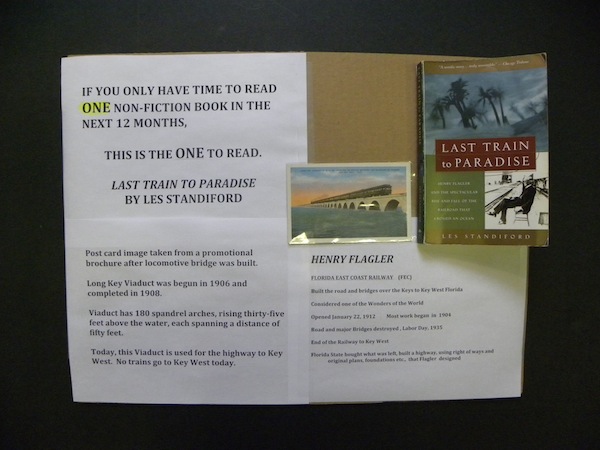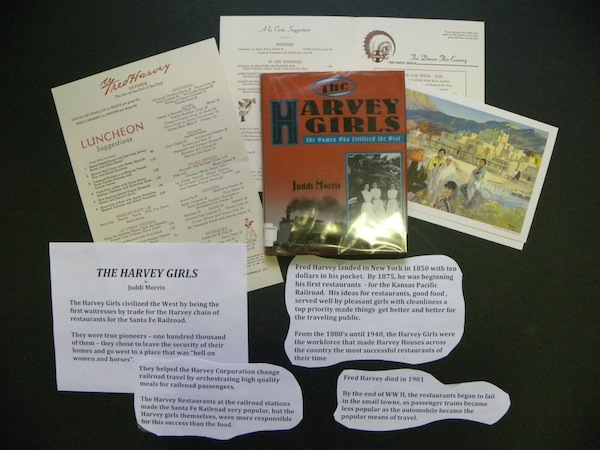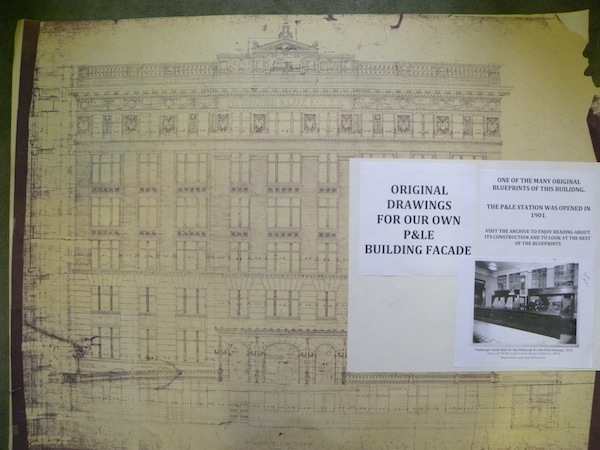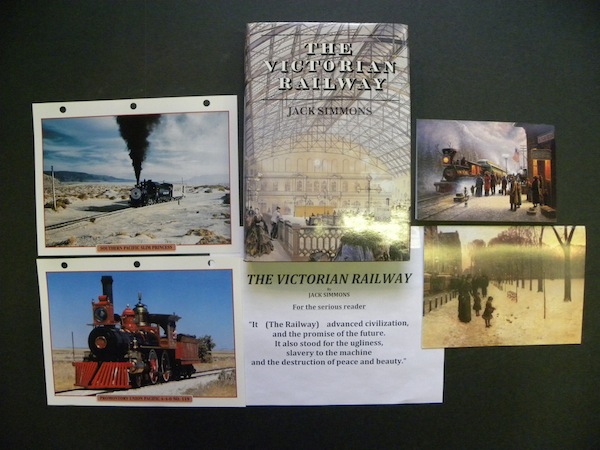
Fairbanks Feature: The Victorians and the Turn of the Century
James D. Van Trump Library | Frank B. Fairbanks Transportation Archive | Fairbanks Features
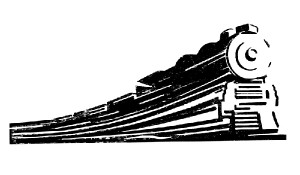 Showcasing a variety of materials located in the Frank B. Fairbanks Rail Transportation Archive
Showcasing a variety of materials located in the Frank B. Fairbanks Rail Transportation Archive
No. 19 Presentation
Fairbanks Feature: The Victorians and the Turn of the Century
In the history of the world, there are certain times when big changes happen almost over night. Life that has plodded along, in much the same way for many years, suddenly erupts with something so new and different that almost all facets of life are affected. Many times this sudden change occurs because of developments in weaponry or machinery.
One such great change in the world came about with the invention of the train. At first, advancement came slowly, and in the United States, this escalated to a period of time known as the Gilded Age. The Gilded Age is recognized as the period of time in our nation from the end of the Civil War until the “Great Crash of 1929.” The Gilded Age did not start out so “gilded,” but certainly ended with a flourish. The “Pre” and “Gilded Age” can roughly be shown in three time frames, using the architectural style of railroad stations as guidelines. As these stations were built across our country in these time divisions, city and town development, social mores, life styles, attitudes, and dress changed noticeably.
The first “generation” of great change due to the invention of the train can be shown in the railroad station buildings in the 1830s through the 1840s. At first, railroad stations were merely large barns, spare and functional, designed to store idle engines and the freight of passenger carriages and to be places to stop to pick up passengers. These buildings were built of wood, and did not include any amenities for the passengers: no platforms, no waiting rooms, no shops, no restaurants. These buildings were so crude, that they were outmoded by the mid-century.
During the 1850s to the late 1880s, a change occurred in the design of railroad stations. These second-generation buildings were mostly constructed using rough-hewn stone or bricks; a few passenger amenities began to appear. Many stations had architectural flourishes such as turrets, gables, mansard roofs, and in larger communities, a soaring clock tower that would be visible from a considerable distance. The third-generation railroad stations can truly be termed “Gilded Age.” From the 1890s stretching into the 1930s, opulent stations were built to reflect America’s new wealth and world power. These magnificent stations were almost all built in the Beaux Arts style, such as our P&LE railroad station (now housing the Grand Concourse Restaurant at Station Square and the PHLF offices with its Frank Fairbanks Archive!). Many stations incorporated stained glass windows, turrets, and Gothic features of all kinds. Passenger amenities were overwhelming, and became an expected way of life for the traveling public.
The following photos show samples of our “Gilded Age” materials for Archive patrons to enjoy:
- Last Train to Paradise is an absolutely spell binding book. This small paperback will keep you reading, even when you should be doing something else. The work and effort and discouragements recorded will make you wonder how the end result could ever have been accomplished.
- The original “Harvey Girls” are no more––but what a legacy they left. If any one reading this article had a “Harvey Girl” in their family’s past, please contact the Archive office so your relative’s name and work area can be recorded in our ongoing rail biography materials.
- Conquering Gotham, a second highly recommended book, takes longer to read, but it will reward the reader many times over for the insights into the men and their thinking of this period of time. Part of a quote from page 35 hits us here at home––“Pittsburgh was a filthy Vesuvius of roaring capitalism, its putrid black sky proof of its ‘first place in the world’s production of–––’ ”
- This is a blueprint from our collection of original drawings for the interior and exterior of the 1901 P&LE Station Building. The Beaux-Arts masterpiece is now the location of the Grand Concourse Restaurant, Pittsburgh History & Landmarks Foundation (and its Fairbanks Archive), and other offices.
- For those who have the time and interest to read a serious presentation on the Victorian Age in general, and the railroad in particular, The Victorian Railway would be the book. Well researched and documented, this one book will not fail to give the reader a most satisfying and in-depth knowledge of the subject
The Frank B. Fairbanks Rail Transportation Archive is open by appointment on Mondays, from 10:00 a.m. to 5:00 p.m. Use of the archive is free to PHLF members (one of the benefits!); non-members are assessed a $10 use fee.
The Archive is located on the fourth floor of The Landmarks Building at Station Square, in the offices of the Pittsburgh History & Landmarks Foundation.
To schedule an appointment, email the Librarian James Halttunen: James@phlf.org

